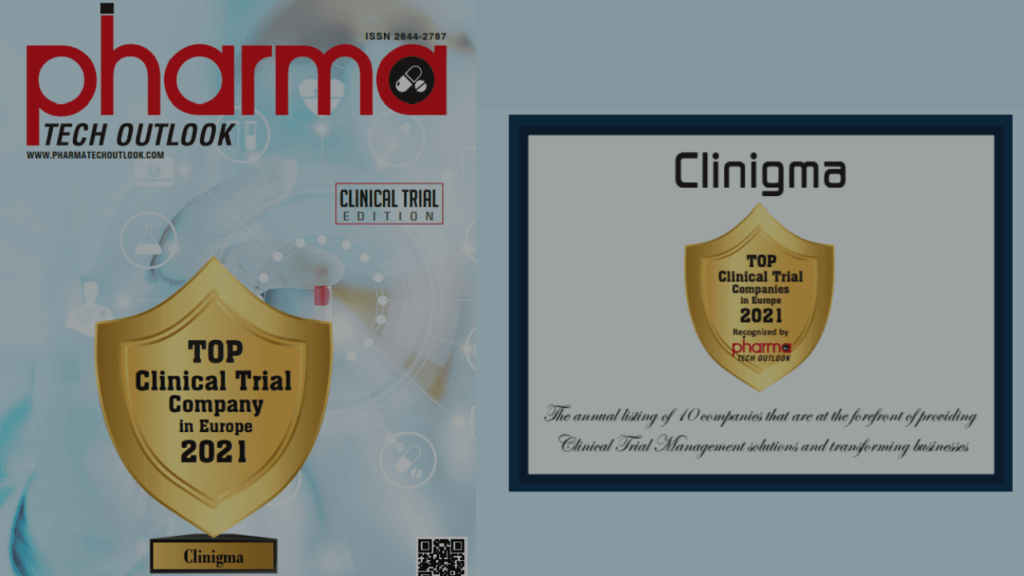Patient and Public Involvement can improve clinical research success
Patient and Public Involvement (PPI) is defined as research that is carried out with or by patients and those who have experience of a condition. It is increasingly seen as an important asset that contributes to the improvement of drug development as it brings invaluable knowledge of lived experiences of illnesses and treatments. Moreover, PPI can help shape trial designs as well as inform the evaluation process of new treatments to maximise patient benefits.
Especially in the UK, a number of initiatives have facilitated the advancement of PPI. For instance, the National Institute for Health Research (NIHR) perceives PPI as a virtually mandatory activity. In addition, other funders – e.g. UK’s Medical Research Council – view PPI activities as good practice, and their guidelines encourage it.
More widely across Europe, PPI is also advancing and is now becoming evident across all stages of the research cycle for clinical research. An example of a European organisation aiming to boost patient involvement is the Innovative Medicines Initiative (IMI). For instance, IMI wants to enhance the involvement of patients by inviting them to provide input on scientific strategies, review project proposals, and assess the results of ongoing and closed projects. Furthermore, IMI supports the PREFER project – a public-private collaborative research project with the aim to establish recommendations supporting the development of guidelines for industry, Regulatory Authorities, and HTA bodies on how and when to use patient preferences as input in medical product decision making.
Click here to read more about IMI.

Do you want to ensure Patient and Public Involvement in your clinical trials?
One way to ensure Patient and Public Involvement (PPI) is to capture patients’ and/or caregivers’ experiences with conditions and treatments and use these as input to inform your drug development. In this way, you will allow patients and/or caregivers to have a say on what matters the most to them when using the drug as well as what is relevant and meaningful to measure in your clinical trials.
We believe that the best way to capture patient and caregiver experiences is through interviews as it enables you to capture direct user feedback and thus obtain valuable input to your drug development. Interviews can take place by phone or in person, and can be conducted at all stages and timepoints in your clinical trials – e.g. at entry interim and/or exit.
Click here to learn more about patient interviews.

Regulatory authorities intend to enhance patient engagement in drug development
The US Food and Drug Administration (FDA) and the European Medicines Agency (EMA) both acknowledge that the incorporation of the patients’ voices in drug development is essential and should be systematically integrated to ensure that patients’ experiences, perspectives, needs, and priorities are captured and meaningfully incorporated into drug development and evaluation.
As part of the efforts to advance patient engagement, FDA has started to develop a series of Patient-Focused Drug Development (PFDD) guidance documents, and a number of initiatives presented in the EMA’s Regulatory Science Strategy (RSS) to 2025 indicate an increased interest to enhance the incorporation of the patients’ voices into drug development.
If you want to learn more, please click here to access the first of the FDA’s PFDD Guidances, and here to read the strategic reflections behind the EMA’s RSS to 2025.

